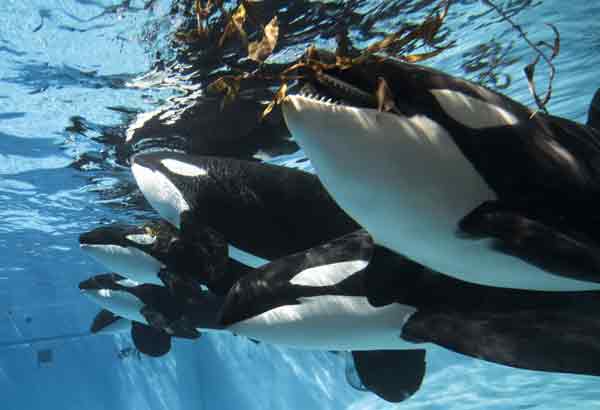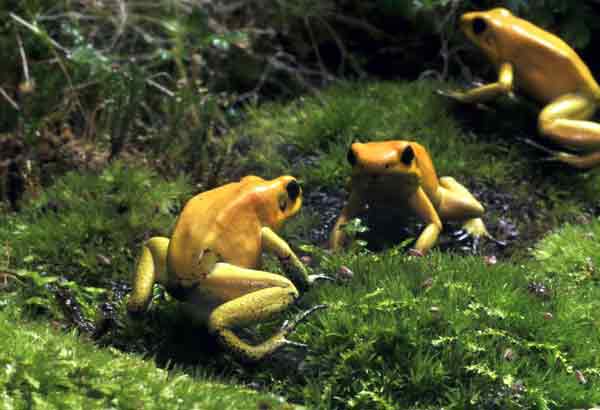How do we define and measure whether our animal ambassadors' welfare is safeguarded? We can agree that animal welfare refers to the well-being of animals. However, the standards of "good" animal welfare are constantly debated, created and revised by animal welfare groups, professional accreditation organizations, legislators and academics worldwide. The understanding of animal welfare has evolved significantly with the advent of animal welfare science. Animal welfare science is complex, multidimensional and dynamic. Scientists grapple with the confounding complexities of animal welfare in order to develop guidelines for improving it. Applied animal welfare science for zoo and, particularly, aquarium species is still lagging behind that for pet, farm, and production animals.

In short, there is no single best definition or measure for the welfare of the animals in our care. SeaWorld and Busch Gardens have therefore adopted the Association of Zoos and Aquariums' (AZA) definition of animal welfare. As such, we consider animal welfare to be "an animal's collective physical, mental and emotional states over a period of time" (https://www.aza.org/animal_welfare_committee). Animal welfare is measured on a continuous scale, ranging from good to poor.




